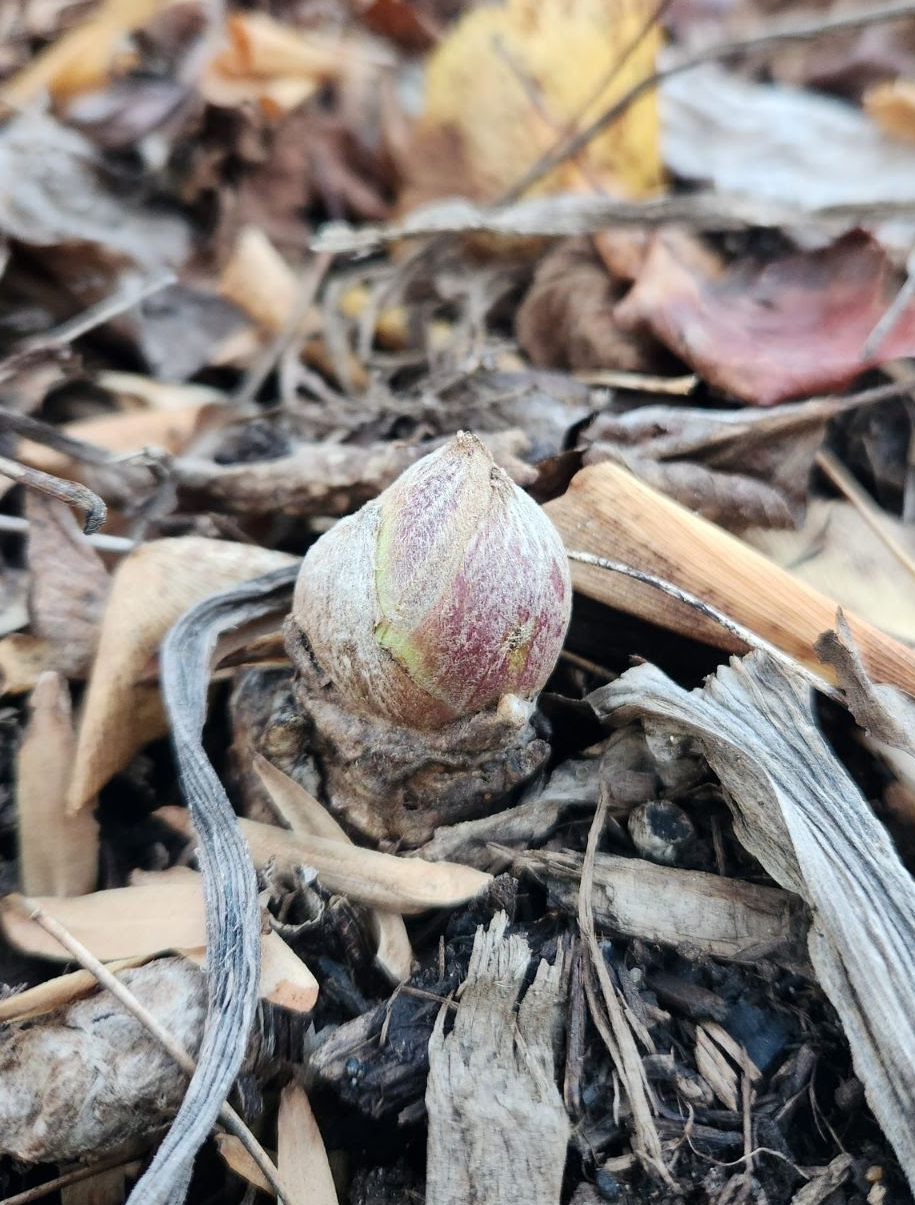The winter solstice marks the Garden’s first full year operated by Community Ecology Institute (CEI). As the Dukes’ passion project, The Green Farmacy Garden was neither conceived nor historically run as a business, and had been almost entirely privately funded its first 25 years. CEI’s stewardship of the property and onsite teaching legacy has been recognized by the community at large as the best opportunity to develop a financially sustainable model that allows the Garden and our global community to support one another reciprocally in the long term.
Jim and Peggy’s two children, Celia and John, have made a very generous donation to CEI of $10,500 to help support our stewardship of the Green Farmacy Garden. Responding to a call to match this investment in securing the longevity of Jim and Peggy’s legacy, our community has thus far collectively contributed 62% of this amount. To help close the gap, you can contribute any amount here, or email giving@cei.earth to explore corporate or organizational sponsorships of the Green Farmacy Garden.
You can access CEI’s 2022 Annual Report here, and expect this year’s shortly–where you can see how the non-profit utilizes the financial resources it channels to support its mission of cultivating communities where people and nature thrive together. We received word last week that our grant proposal to the Chesapeake Bay Trust has been awarded, which includes funds earmarked for enhancing the Garden terraces to better infiltrate rainwater and control runoff and erosion. This will help us further refine and demonstrate ecologically responsible stewardship of the global herbal traditions represented and honored in the Garden in the context of our local ecoregion.
Under CEI’s stewardship, public events at the Green Farmacy Garden have for the first time been able to utilize the former Duke family home. Guest teacher ethnobotanist Aleya Fraser’s dynamic Caribbean Materia Medica workshop inspired us to explore the potential of the house’s diverse spaces. After a brief introduction to the largely dormant Garden, participants met tropical plants in Peggy’s studio (top left), sampled herbal infusions and an herbal steam in the sunroom (top right, bottom left), and took in a multimedia presentation in the living and dining rooms (bottom right):

A photographer for the Baltimore Sun joined us for yesterday’s mostly indoor Mushroom Log Inoculation workshop and we’re looking forward to seeing some of those images in an upcoming Howard County Times. A Sun reporter is working on a related piece to follow soon – if you’ve attended a workshop with us this year and would like to contribute to that article, please email me (gfg@cei.earth) your desired contact info to forward to the reporter!
Despite the freezes, a few species still show signs of life outside. From this angle we can see North American natives Yucca filamentosa in the foreground, bottom right; at photo center, Yaupon holly (Ilex vomitoria) on the right with the distant Southern Magnolia (Magnolia grandiflora) to its left; and Juniper (Juniperus communis) to the gazebo’s right in the image:


Above: left, Love-in-a-Mist (Nigella damascena, representing Black Seed, Nigella sativa) seedlings carpet the ground under their parents’ seed-heads; right, Parsley (Petroselinum crispum) droops and fades but persists in vibrant green.
Below, counter-clockwise from top: Horsetail (Equisetum hyemale) at the Garden’s entrance; a Giant Butterbur (Petasites japonica) bud swelling – they will start blooming in January!; and my personal favorite garden nibble: garlic leaves, available year-round except for the driest few months.


Mullein (Verbascum thapsus) and Milk Thistle (Silybum marianum) are two of the rowdiest self-sowers in the garden. They love to germinate in the gravel of the garden stairs, where we mostly have to remove them. Sometimes they choose an appropriate spot to thrive in, like the Milk Thistle at bottom left that’s located itself only slightly left of the Aging plot for which it’s indicated, in front of some Motherwort (Leonurus cardiaca) growing rightfully in Menopause. Often Mullein refuses to thrive where its indicated so we have to leave a few in the rock walls where they go wild (bottom right):

We’ve currently got our Monthly Herbal Medicine-Making offering–Nourishing Infusions–and CEI’s ongoing Second Saturday Socials (winter rendition of Second Friday Fires) coming up on January 13, and anticipate hosting more community events over the winter, including our Eco-Game nights and Climate Cafes.
May the light of love and wonder be with you and your loved ones–human and beyond–this season, and we look forward to reconnecting with you in the New Year!





